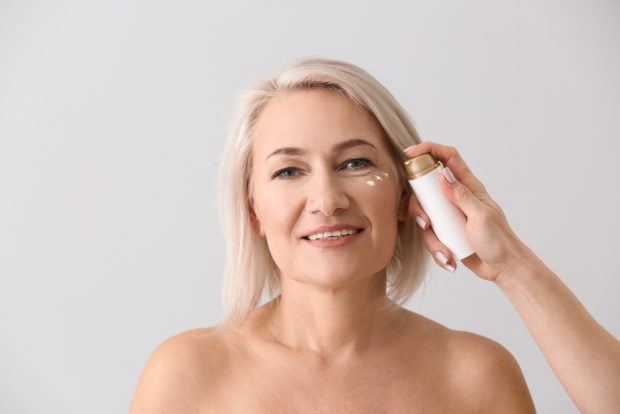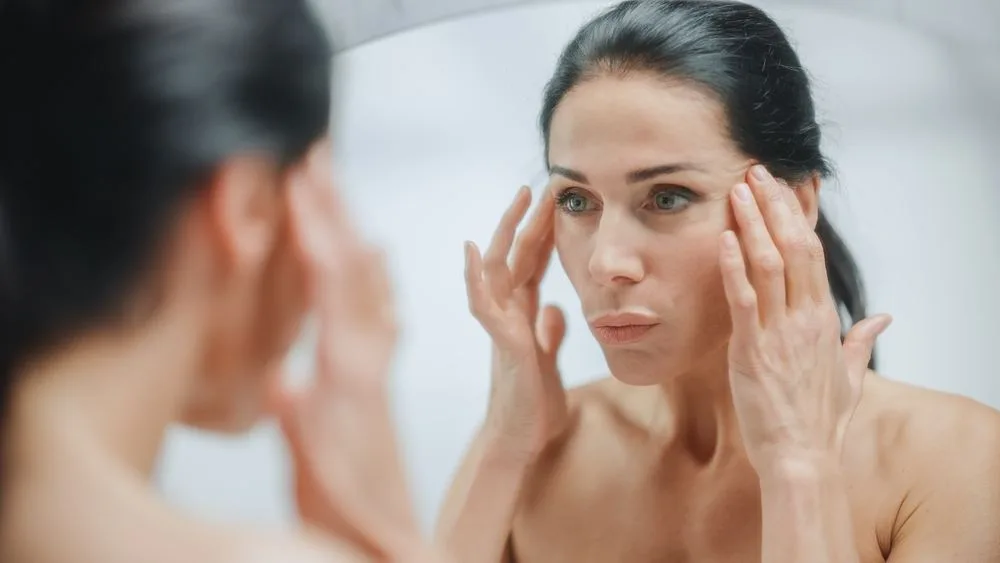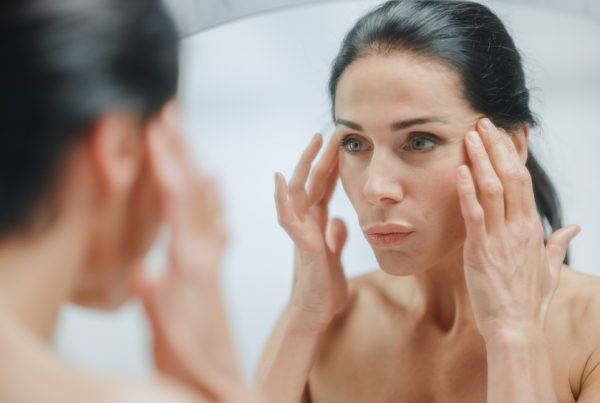Ask any skincare expert what their number one ingredient is, and there is a good chance they might say “retinol”, which is also popularly known as “vitamin A”. Retinol is part of the Retinoid family, a group of vitamin A derivatives responsible for everything from reducing the signs of aging to preventing breakouts.
All About Vitamin A
Vitamin A is not a new ingredient in skin care. In fact, it is considered the “Holy Grail” by experts in the medical aesthetic environment. Retinoids are available in many forms, ranging from potent prescription medications (which contain Retinoic Acid) to over-the-counter products (containing Retinol, Retinyl esters, or Retinaldehyde).
A Guide to Retinoids
The main role of active retinoids would be to boost cell turnover and shedding. This is not, however, where it ends. Retinoids, when chosen correctly, promote skin renewal, brighten skin, boost collagen production, and function as an antioxidant. They also help sweep away dead skin cells and prevent the formation of clogged pores and blemishes.
The unique role of retinoids is to assist in the removal of elastosis. Elastosis is a result of aging in a sunny environment. Rather than decreasing the production of elastin, sun-damaged skins increase the production of elastin, but the quality of the elastin is poor and does not provide any elasticity.

Rather, it adds to the loss of volume and elasticity, and in extremely sun-damaged skin, it forms bump-like structures and rough texture. This elastotic tissue also causes a decrease in the effective functioning of skin cells – causing further signs of aging. Elastosis needs to be removed for cells to recover their function and regenerate the skin. This is the domain of retinoids and the best Retinoids to do the job would be the ones that are able to activate the cell as soon as they penetrate into the skin. Retinal (Retinaldehyde) and Retinoic acid would be the first choice.
Original forms of Retinaldehyde and Retinoic acid are Retinoids that have a downside though. They are highly effective at their job, but also at creating Retinoid reactions and sun sensitivity. It is a good thing that Retinoids are so well loved as they are also so well researched. As with research, we now understand what triggers these responses, and new-generation Retinoids are developed to be as active and effective as prescription-strength retinoids without causing retinoid reactions and sun sensitivity.
Do’s
Introduce retinoids slowly
If you are new to retinoids, start with a lower-concentration product and work your skin up. You can also mix the retinoid-containing serum or cream with your current (non-Retinoidal) moisturizer to buffer the effect and get your skin retinised.
Your therapist or medical practitioner will be able to offer guidance on this, but as a rule of thumb, with older generation retinoids would be, start by using it once or twice a week, leading up to three times a week, every second day, and eventually, every day.
Wear SPF
Everyone should wear an SPF every day, regardless of what the rest of your regime looks like. However, SPF becomes even more crucial when you’re using vitamin A products. The use of certain retinoids may increase your skin’s sensitivity to the sun, so it’s essential to use a good quality, broad-spectrum SPF every day (and to apply it throughout the day if you’re spending time outdoors).
The sun also destroys retinoids. If you were to venture into the world of using a non-sun-sensitizing form of retinoid during the day, you need to protect it with a broad-spectrum sunscreen to keep it practical.
Apply Retinoids at night
It is best to apply your active Retinoid at night, when it will not be destroyed by the sun’s UV rays.
Use with hyaluronic acid
Hyaluronic acid, the super hydrator that can hold up to 1000 times its weight in water, is the perfect companion to retinol. These two ingredients can be layered, and hyaluronic acid will ensure your skin stays hydrated (as retinol may sometimes exacerbate dryness).
Don’ts
Don’t start with the highest concentration
Some Retinoid products are available in different concentrations, ranging from 0.1% to 5% or more. With the guidance of an expert, always start with the mildest concentration to allow your skin to build tolerance and work your way up to higher concentrations, even with the safer, less irritating forms. Remember they do increase shedding.
Don’t start too many active ingredients at once
There is no reason you shouldn’t incorporate multiple types of active ingredients into your routine. Retinoids, vitamin C, alpha hydroxyl acids, hyaluronic acid, and growth factors all have different roles in keeping your skin young and healthy or returning your skin to its youthful glow. Your skin care professional will make the best suggestions for your skin. They might start you on a growth factor moisturizing product and add vitamin C in the morning and your retinoid at night. There is a greater chance of irritation when you apply all three of these ingredients in one application. This way you’ll reap the anti-aging benefits of all ingredients, without irritating your skin.
Be in a rush or give up
Some people get so excited when hearing about the benefits of Retinoids that they expect to see results right away, and then give up when they don’t. Like all effective skincare ingredients, retinoids will yield results, but not immediately. Use it consistently, and you’ll start to see results after a few weeks (with optimal results starting at about 8 – 12 weeks).
How to choose a retinoid product
Retinoid products are not all created equally. To get the best results, you need to choose a product that is manufactured by a reputable brand. It should also contain high-quality ingredients, and be backed up by clinical studies.
MAIN IMAGE CREDIT: Gorodenkoff/Shutterstock
Who is the author?

Dr. Bradley Wagemaker
Dr. Bradley Wagemaker is the Founder and Medical Director of Lamelle. He previously worked at Eli Lilly and Company as a Clinical Research Physician. Bradley Wagemaker attended Stellenbosch University.





![women [longevity live]](https://longevitylive.com/wp-content/uploads/2020/01/photo-of-women-walking-down-the-street-1116984-100x100.jpg)








